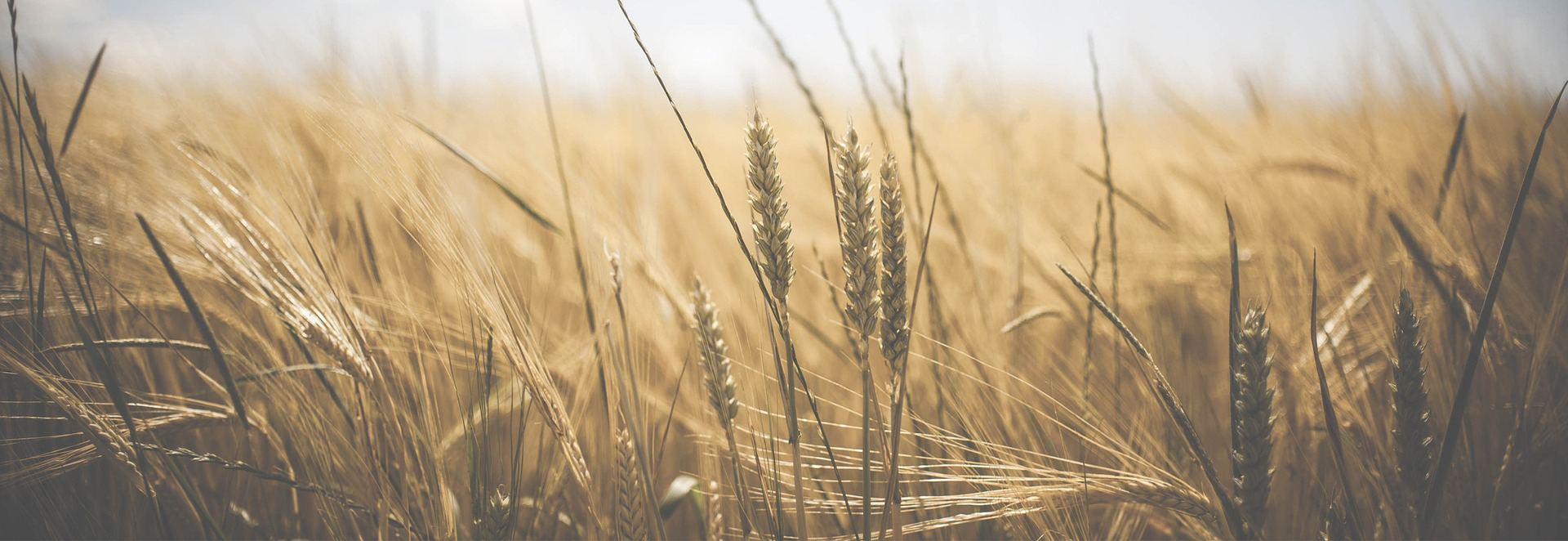
The winter months are a good time to consider feedstuff production and management plans for the upcoming year to ensure your livestock have proper diets. Cattle feeders with integrated crop-livestock systems have the flexibility to produce the feeds that best fit their operation. Questions to ask yourself during this planning phase should include:
Finishing cattle for harvest requires feed energy, which often comes in the form of starch from corn crop products. Effective fiber (effective NDF; eNDF) describes the properties of forage that promote digestive function and rumination, but can also limit energy intake. Receiving, backgrounding, and growing cattle diets are lower in energy and require more fiber, compared to finishing cattle diets.
Understanding the nutritive components of corn crop end products is necessary when determining which are appropriate for your operation (Figure 1). A good rule of thumb for corn silage is to consider it 50% corn and 50% forage (starch = 33%, eNDF = 38%), making it flexible for operations feeding light cattle through finish. Comparatively, earlage and snaplage provide a greater amount of starch (62%) and a lower amount of fiber (eNDF% = 18%), compared to corn silage. Finally, high moisture corn and dry corn are the most concentrated forms of energy in this example, with starch content around 72% and relatively little effective fiber (3.00 to 3.50 % eNDF).

If finishing fat cattle in an aggressive system is your goal, having only corn silage and earlage/snaplage available may leave you short on energy and excessive on dietary fiber. Conversely, an operation with only dry corn and earlage/snaplage available may have to purchase the fiber required for receiving, backgrounding, or growing cattle diets. Dietary requirements are not the only considerations when choosing how to harvest corn end-products. Equipment needed, storage availability, and inventory of each product required should also be part of the decision-making process.
Sorghum, small grain forages, and cover crops can be valuable ingredients in receiving, backgrounding, and growing cattle diets. Furthermore, high-quality conserved forages may supply protein and digestible fiber, and could decrease reliance on purchased proteins. A survey of consulting nutritionists in 2016 indicated that alfalfa hay was the most commonly used forage source on commercial feedlots in North America. (Samuelson et al., 2016). Conserved forages may vary greatly in energy and protein content depending on crop and stage of maturity at harvest (Table 1), so a forage test is imperative to determine the optimal inclusion rate.

While adding forage to finishing cattle diets is often considered “expensive”, in terms of potentially reducing feed efficiency, in regions where cattle feeding operations are often integrated crop-livestock systems, this strategy may make sense economically. Research conducted at the University of Minnesota by DiCostanzo (2017) reported that efficiency, when measured by pounds of beef produced per acre of crop-land, can be desirable when utilizing greater inclusion rates of forage (as corn silage) when finishing steers. It is important to recognize that some forages may contribute nutritional benefits beyond just a scratch factor. Considerations about a forage’s physical characteristics of fiber, palatability, and associative interactions with other feedstuffs must be made. (Zinn and Ware, 2003.)
Minimizing shrink and optimizing fermentation of conserved forages through proper management and use of a forage treatment product will ensure you are creating the best forage product for your operation. Silo-King® is a multi-purpose forage and grain treatment product designed to predigest fibers and complex starches, reduce dry matter loss by limiting heating, and to provide aerobic stability to limit spoilage. Contact your local Agri-King area manager for guidance on harvesting and preserving high-quality corn products and forages. AK
DiCostanzo, A. 2017. Corn crop harvest endpoints and profitability in the feedlot. Driftless Region Beef Conference. 4-6. https://projects.sare.org/wp-content/uploads/2017-Driftless-beef-proceedings.pdf
Samuelson, K. L., M. E. Hubbert, M. L. Galyean, and C. A. Loest. 2016. Nutritional recommendations of feedlot consulting nutritionists: The 2015 New Mexico State and Texas Tech University survey. J Anim Sci 94(6):2648-2663. doi: 10.2527/jas.2016-0282
Zinn, R.A. and R.A. Ware. 2003. Understanding nutritive value: Alternative forages. Proceedings California Alfalfa Symposium 1-11. https://alfalfa.ucdavis.edu/+symposium/proceedings/2003/03-173.pdf